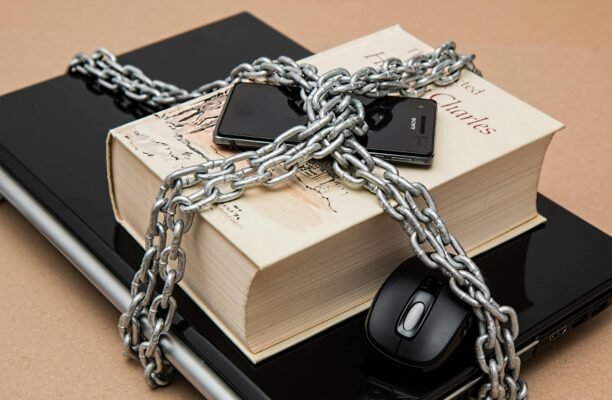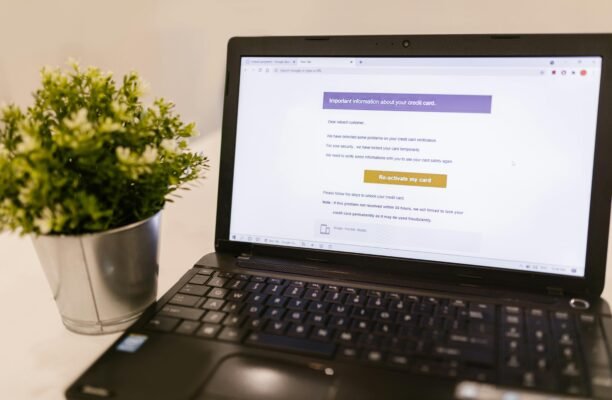The internet has revolutionised the way we live, offering countless opportunities for communication, education, and entertainment. For students, it’s an essential tool for accessing learning resources, collaborating with peers, and even participating in online classes. However, as beneficial as the internet is, it also presents significant risks. From cyberbullying to identity theft, online predators, and inappropriate content, the dangers are real and ever-present. Therefore, internet safety is crucial, and students must understand how to protect themselves while navigating the digital landscape.
The Risks of the Internet for Students
1. Cyberbullying
Cyberbullying is one of the most common dangers students face online. Unlike traditional bullying, which happens face-to-face, cyberbullying takes place on social media platforms, forums, and even through text messages. With the anonymity the internet provides, bullies can target their victims at any time and from anywhere, making it harder to escape. The impact of cyberbullying can be devastating, leading to depression, anxiety, and, in extreme cases, self-harm or suicide.
The digital nature of cyberbullying means that it often goes unnoticed by teachers and parents, who may not be aware of what’s happening online. The persistence of online harassment can make students feel isolated, and they may be reluctant to report it due to fear of further retaliation.
2. Inappropriate Content
The internet is a vast ocean of content, and while much of it is educational and beneficial, a large portion is inappropriate. Students may inadvertently stumble upon explicit material, violence, or hate speech while browsing or searching for information. In some cases, harmful content may even be actively targeted at young people, attempting to manipulate or influence their behaviour. Such exposure can have lasting negative effects on a student’s mental health, behaviour, and development.
Inappropriate content can also lead to addiction. For example, excessive consumption of violent or sexually explicit material can desensitise students and alter their perception of relationships, body image, and social behaviour.
3. Online Predators
One of the most frightening risks of the internet for students is the potential for online predators. These individuals may use social media, gaming platforms, or chat rooms to contact young people under the guise of friendship. Their goal is often to manipulate, groom, and exploit their victims. Online predators may encourage students to share private information, photos, or even meet in person, placing them at serious risk.
Students may not always recognise these predators, as they may appear friendly and trustworthy at first. This is why it’s essential for students to be aware of the signs of online grooming and to know how to protect themselves when interacting with strangers online.
4. Identity Theft
Identity theft is another major concern in the digital age. With so much of our personal information online, students may not realise how easy it is for someone to steal their identity. By accessing social media profiles, email accounts, or even student databases, cybercriminals can gather enough information to impersonate a student or even commit fraud.
While identity theft might seem like a distant concern for younger students, it’s important to understand that information such as birthdates, addresses, and family details can be used maliciously. Once an identity is stolen, it can take years to repair the damage.
5. Scams and Phishing
Scams and phishing are deceptive tactics used to steal money, personal information, or access to accounts. Scammers often target students through fake offers, fake jobs, or enticing discounts on popular websites. These scams can appear legitimate, making it difficult for students to distinguish them from genuine opportunities. Once a student clicks on a phishing link or shares their personal details, the scammer can access private accounts or steal money.
Phishing is often disguised as a message from a trusted source, such as a school, bank, or social media platform, asking the student to provide sensitive information like passwords or credit card details. Students must learn to identify these scams and take steps to avoid falling victim to them.
Best Practices for Online Safety
While the risks associated with the internet are significant, there are various steps students can take to protect themselves. By adopting good online habits, they can minimise the dangers and use the internet safely and responsibly.
1. Use Strong Passwords
One of the easiest yet most effective ways to protect online accounts is by using strong passwords. Students should avoid using simple, easily guessable passwords like “123456” or “password.” Instead, they should opt for long passwords with a mix of letters, numbers, and symbols. Additionally, students should never reuse passwords across different accounts. Using a password manager can help students keep track of complex passwords and reduce the risk of using weak or repeated ones.
2. Avoid Sharing Personal Information
Students must understand the importance of keeping personal information private. They should never share sensitive details such as their home address, phone number, school name, or social security number online, especially on social media or unfamiliar websites. They should also avoid revealing their whereabouts or daily routines, as this can be used by cybercriminals or online predators to track or target them.
3. Be Cautious with Strangers
Whether on social media, gaming platforms, or chat rooms, students should always be cautious when interacting with strangers online. They should avoid accepting friend requests or messages from people they don’t know and never meet up with someone they’ve met online without parental consent. It’s crucial to remember that not everyone online has good intentions, and online strangers may not be who they claim to be.
4. Use Privacy Settings
Most social media platforms and online services have privacy settings that allow students to control who can see their posts, personal information, and interactions. Students should use these settings to limit access to their profiles and ensure that only trusted friends or family can view their content. Regularly reviewing privacy settings is important as platforms often update their policies or settings, which may affect account visibility.
5. Report Suspicious Activity
If students encounter cyberbullying, inappropriate content, or interactions with online predators, they should report it immediately. Most social media platforms, gaming sites, and educational services have reporting tools that allow users to flag suspicious or harmful content. It’s essential that students feel comfortable talking to a trusted adult, such as a parent or teacher, about their experiences online. Reporting incidents helps to protect not only the student but others who may face similar risks.
6. Educate About Scams and Phishing
Students should be taught to recognise the signs of scams and phishing attempts. For example, they should be cautious when receiving unsolicited emails or messages offering prizes, discounts, or opportunities that seem too good to be true. They should also learn how to check for red flags, such as suspicious email addresses, spelling errors, or urgent demands for personal information. Teaching students how to spot and avoid these scams is crucial in helping them avoid falling victim to fraud.
7. Use Antivirus Software
Installing and maintaining antivirus software on devices is a simple yet important way to protect against malware, viruses, and other malicious software. Antivirus software can help prevent cybercriminals from gaining access to devices and stealing sensitive data. It also offers protection against online threats such as phishing and harmful downloads.
8. Practice Digital Footprint Awareness
Students should understand that everything they post online contributes to their digital footprint. Whether it’s a tweet, a photo, or a comment, it’s essential to think before posting. Once something is online, it can be difficult to remove, and it may be accessed by others long after it’s posted. Students should be encouraged to make sure their online actions align with their personal values and goals, and to always ask themselves whether they’d be comfortable with their posts being seen by anyone.
Conclusion
While the internet is an invaluable resource for learning, entertainment, and communication, it also presents numerous risks for students. By understanding these risks and practising good internet safety habits, students can protect themselves from cyberbullying, online predators, identity theft, and other dangers. Parents, educators, and students must work together to promote a safe online environment, ensuring that students can enjoy the benefits of the internet without compromising their security or well-being. Online safety is not just a responsibility—it’s an essential part of navigating today’s digital world with confidence.





Leave your comment